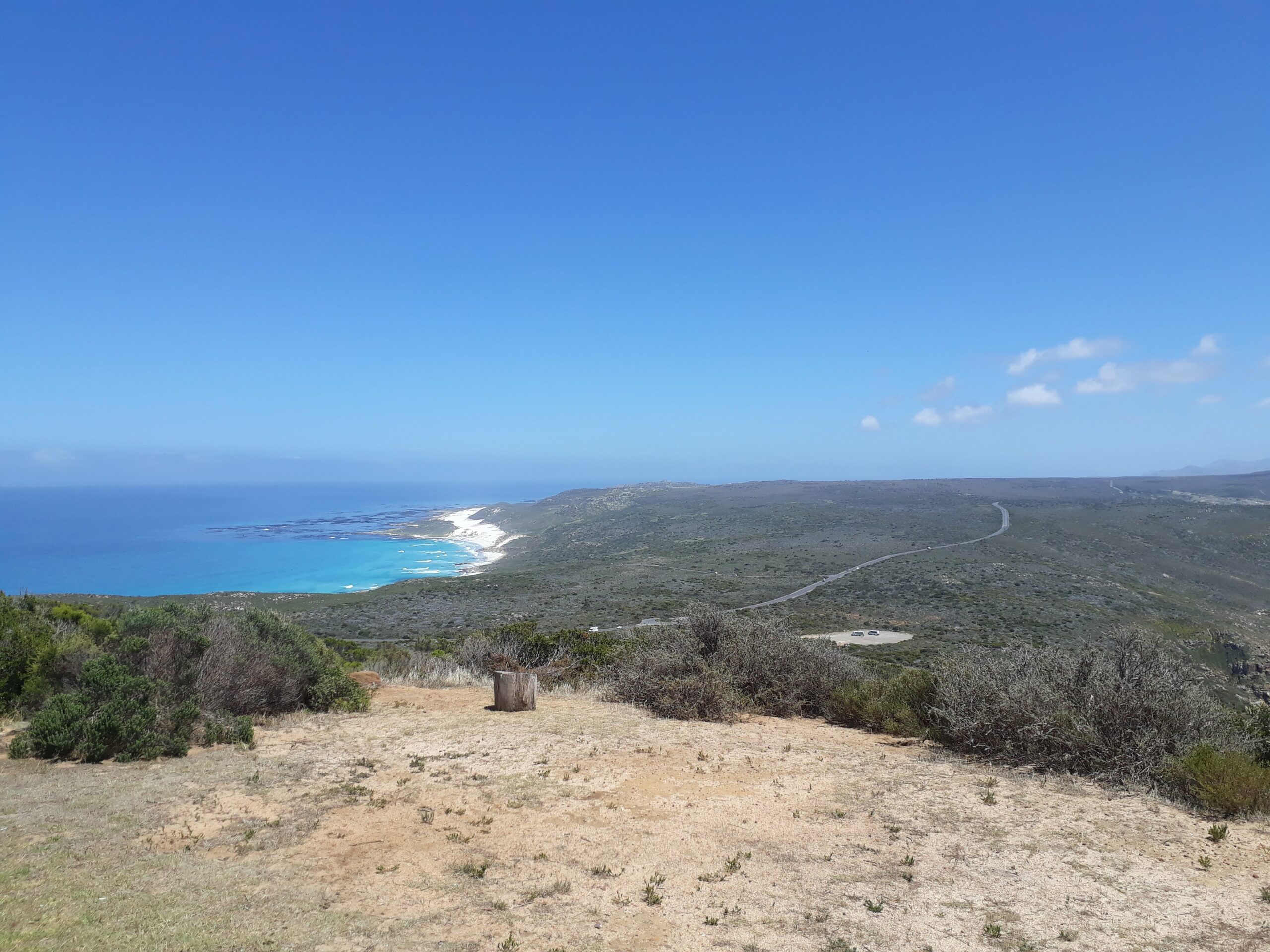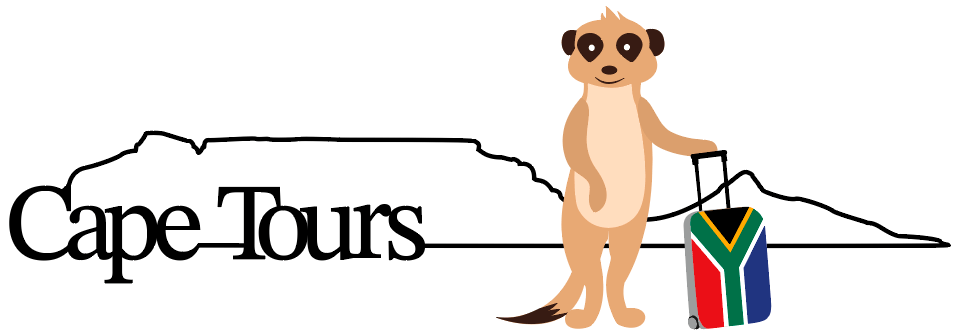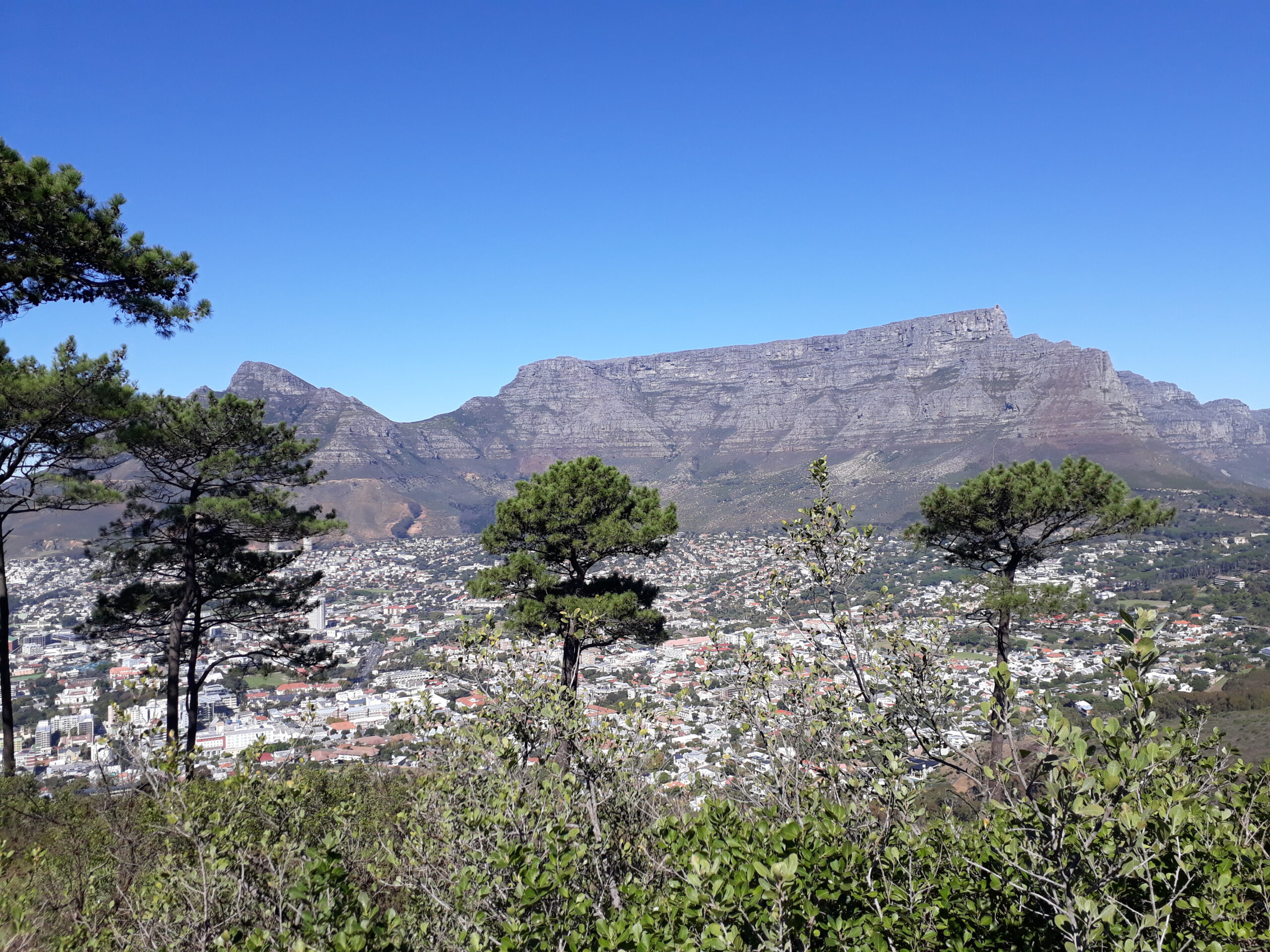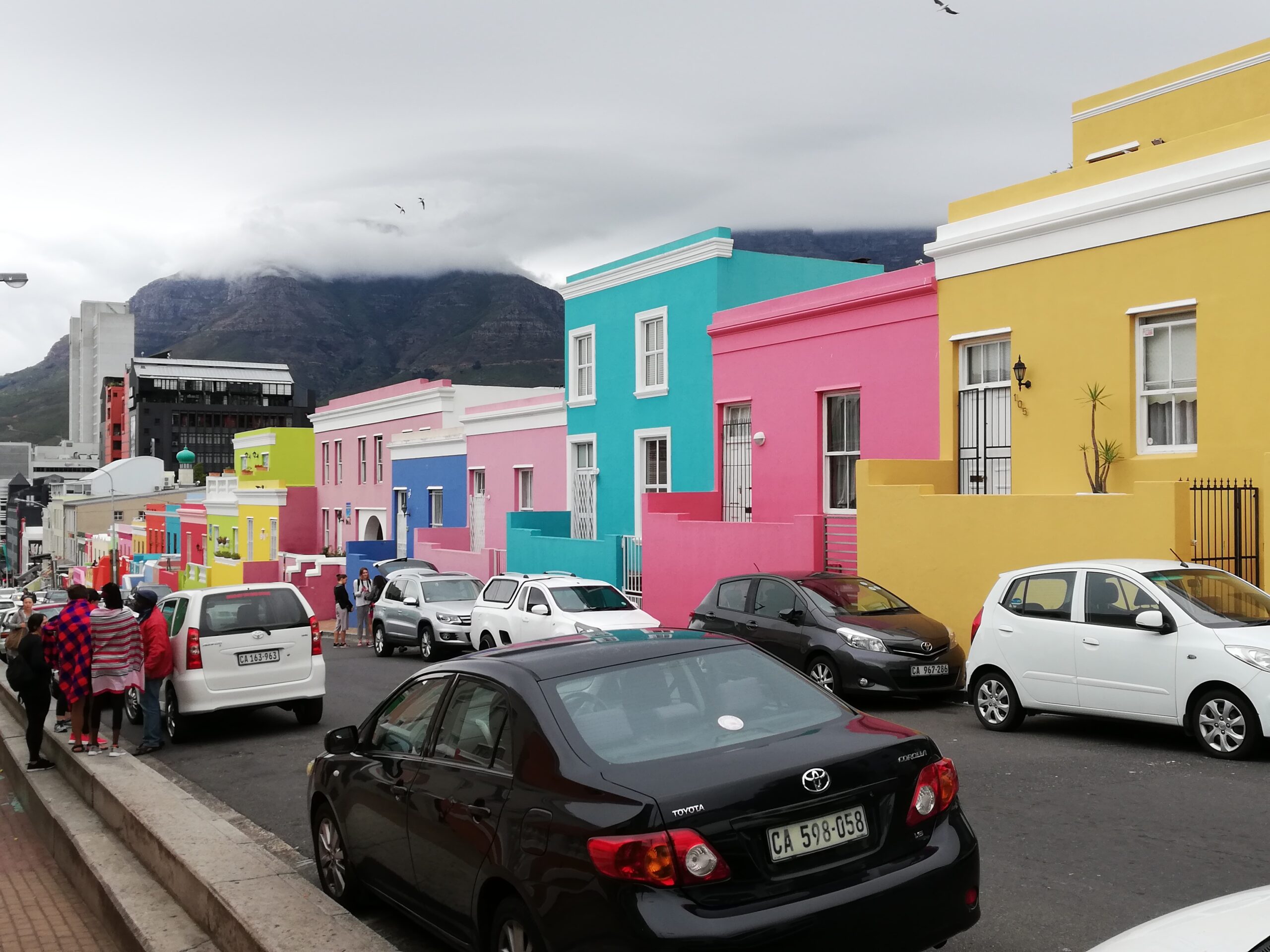Cape Town is the vibrant capital of South Africa. Here you will find everything: Between history and modernity, this metropolis vibrates every day from the diversity and colorful life on the streets.
Those interested in culture can quickly get lost between museums and monuments, markets, concerts and restaurants. That’s why we are happy to help you plan your trip as stress-free and yet as diverse as possible.
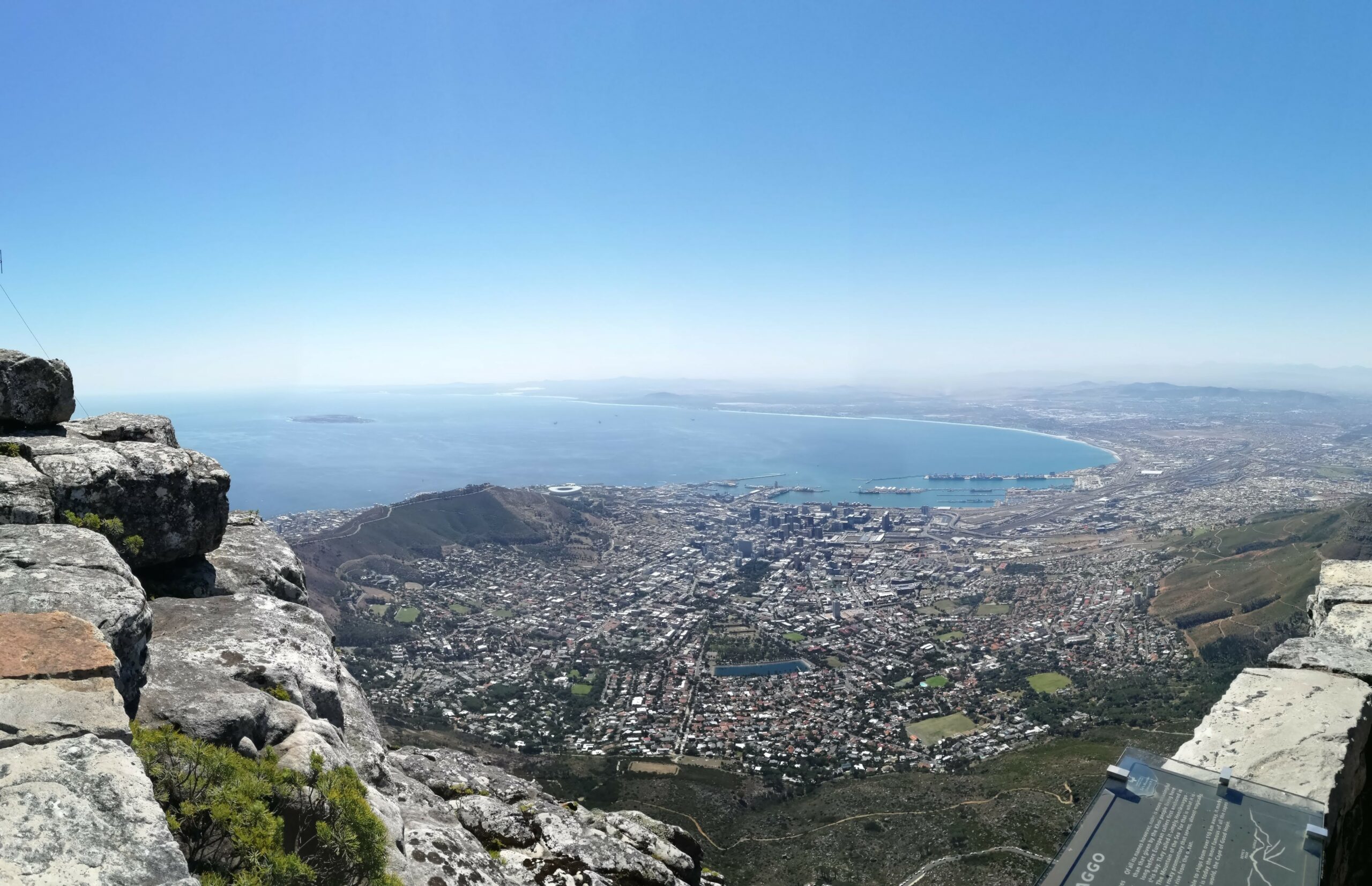
Table Mountain
The landmark of the city is exactly 1085 meters high. From the top you can look down over the roofs of the city to the sea. Lion’s Head and Signal Hill are also visible. Sporty spirits can climb Table Mountain on foot within two hours, while everyone else can also use the cable car. At the top, a strong wind can develop – if there is a storm warning, you should refrain from climbing, and the cable car also rests.
Lion’s Head
The rock on Signal Hill in the middle of the city looks like a lion’s head with a little imagination. The “Leeukop” exudes a special attraction – especially on full moon nights, many Capetonians like to hike up the hill with a picnic basket and enjoy the view of the city in the moonlight. During the day, sports enthusiasts can push off from the 669m high peak with a paraglider.
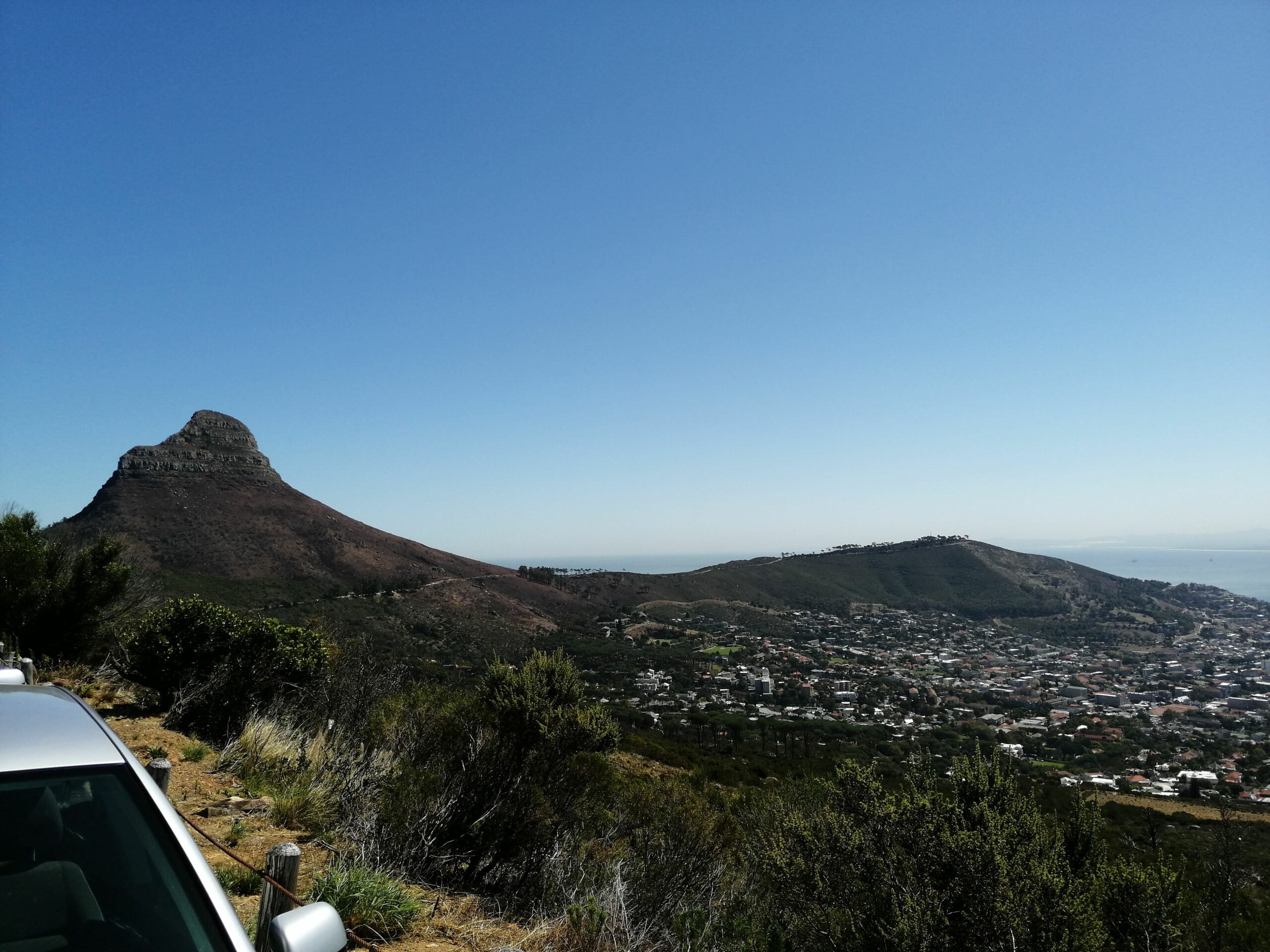
Kirstenbosch Gardens
The vast Botanic Garden behind Table Mountain, with its 600ha and 900m of elevation, has an incredible array of plant species of South African flora.
The many habitats are complemented by Mathew’s rock garden, tree trails (Boomslang Tree Canyon Walk) and the Comptom Herbarium, which exhibits an incredible 200,000 subtropical plants. There is also a fragrance garden and a special trail for the blind (Braille Trail). In summer, don’t miss taking a picnic basket to the gardens on Sunday and listening to one of the famous summer concerts. From electro to classical, there’s something for everyone. The Sunday atmosphere at Kirstenbosch Gardens is a unique highlight that should be a permanent fixture on any summer trip to Cape Town.

Camps Bay beach
The largest beach near the city presents itself with the finest white sand, lined with palm trees and cafes. Of course, it is filled with young people who have found their meeting place here for sunbathing, jogging and swimming. Locals and tourists have fun on this beach. In the evening hours, the cafes and restaurants are quickly filled, and a boisterous mood spreads through the streets.
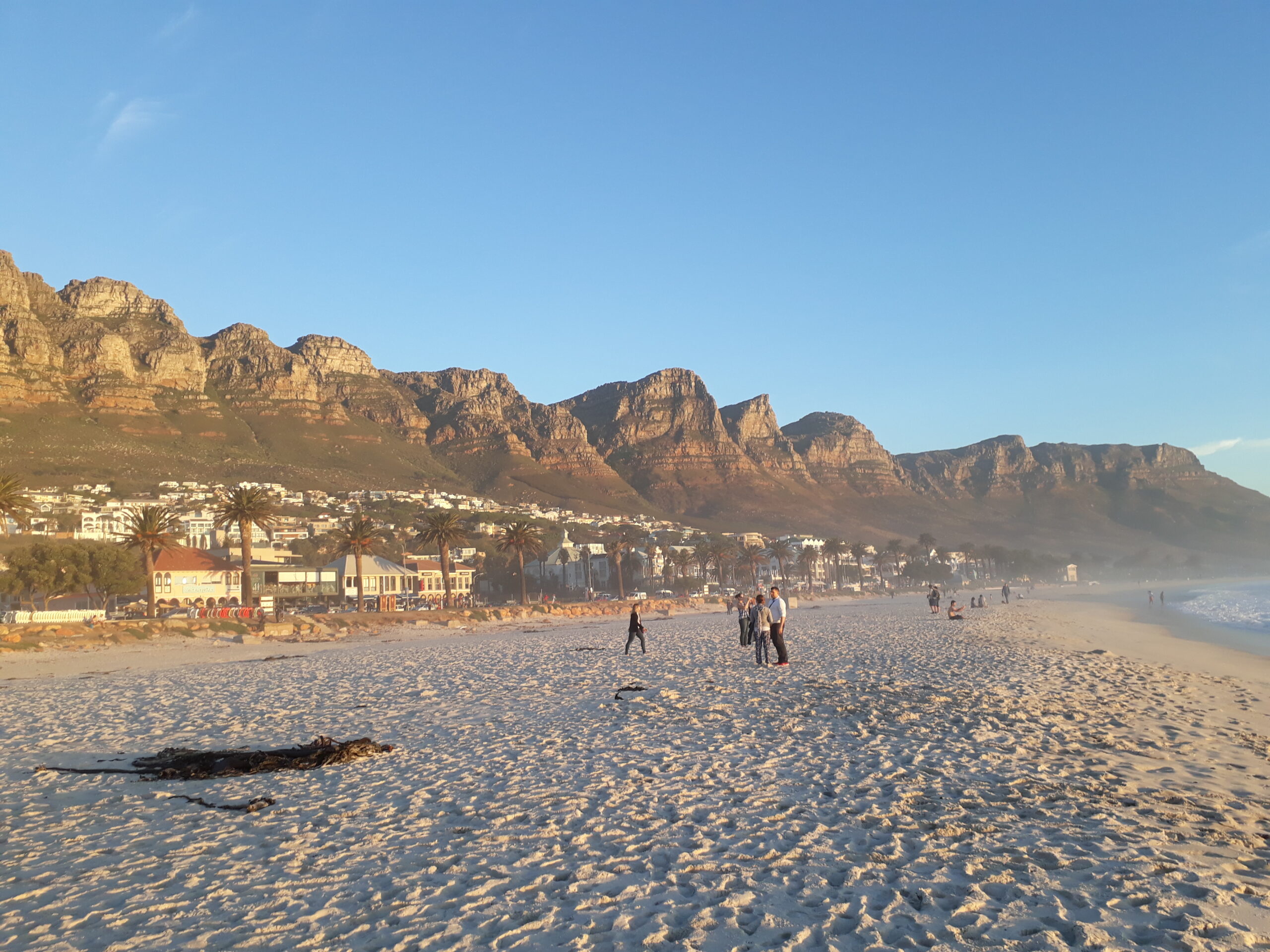
Bo-Kaap
Known for its cute, colorful houses, Bo-Kaap is a neighborhood you should stroll through just to get your fill. Here live mainly the descendants of slaves of Indonesian, Malaysian and Indian origin. That is why you will find more than 10 mosques in the relatively small neighborhood (about 5000 families).
Markets
Cape Town has a vibrant market culture: between arts and crafts and exquisite street food, you get the chance to soak up the finer nuances of the city. Probably the most famous market in Cape Town is the Neighborgoods Market: every Saturday in Woodstock, tourists flock here to feast on the huge selection of goods, delights and impressions. But you can also find smaller markets – markets that are original, regional and authentic: For example, the Earth Fair Market in the city center on Thursdays. The Platteland Market has also made a name for itself with its culinary specialties from the West Coast. If you happen to be in the area, you’ll also want to check out the Oranjezicht Farmers Market.
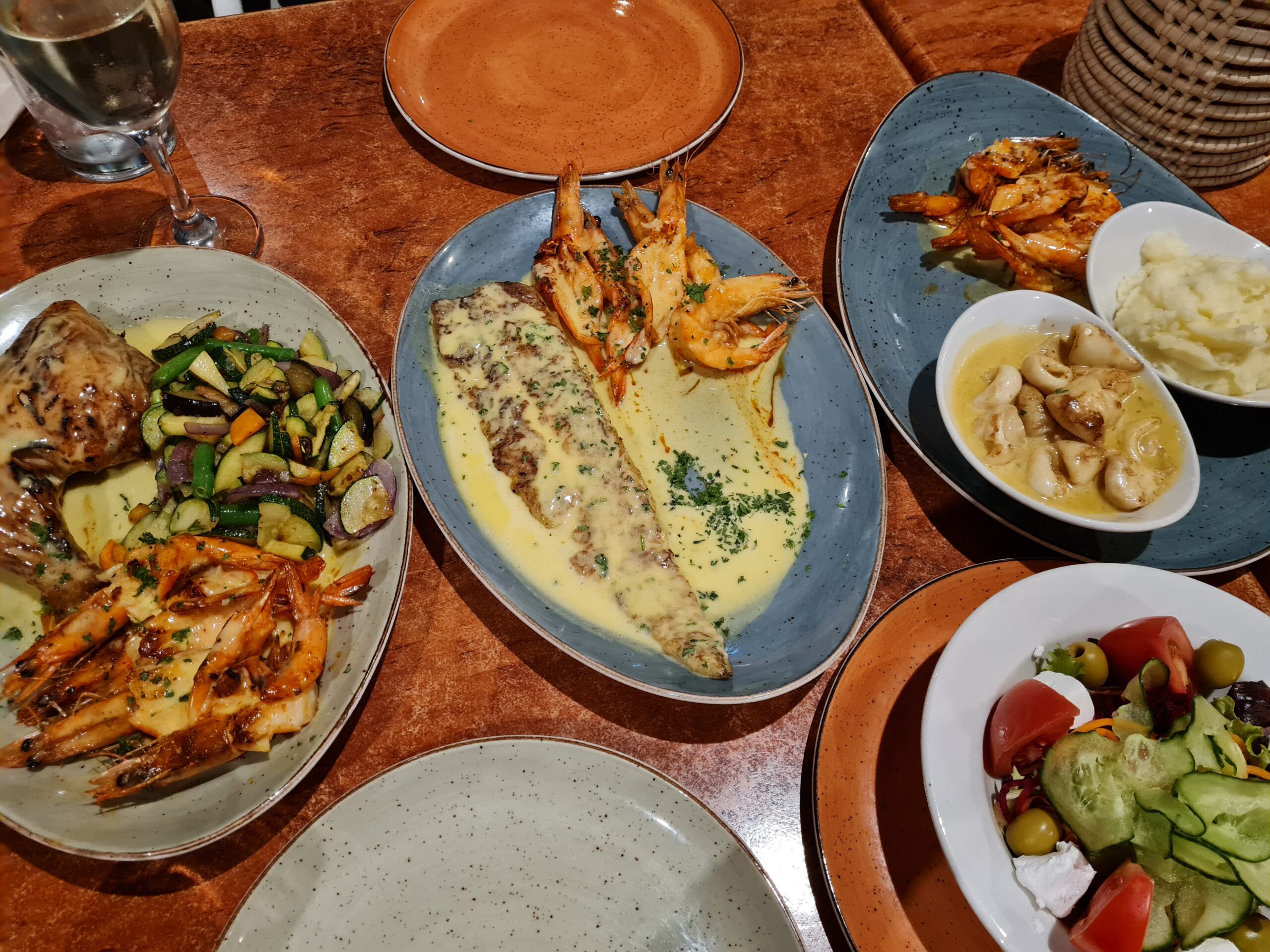
Cape Point Nature Reserve (and Cape of Good Hope)
A day trip to Cape Point is of course a must! On the way there, you should visit Boulders Beach: A colony of penguins settled here in 1982 and has been beguiling
animal lovers who stop off briefly on the way to the Cape of Good Hope. By the way, the truly southernmost point of Africa is actually 150km further east. This does the
Cape Point and Cape of Good Hope are part of Table Mountain National Park and can often seem crowded. It’s best to take a picnic basket and discover one of the many deserted bays for yourself.
